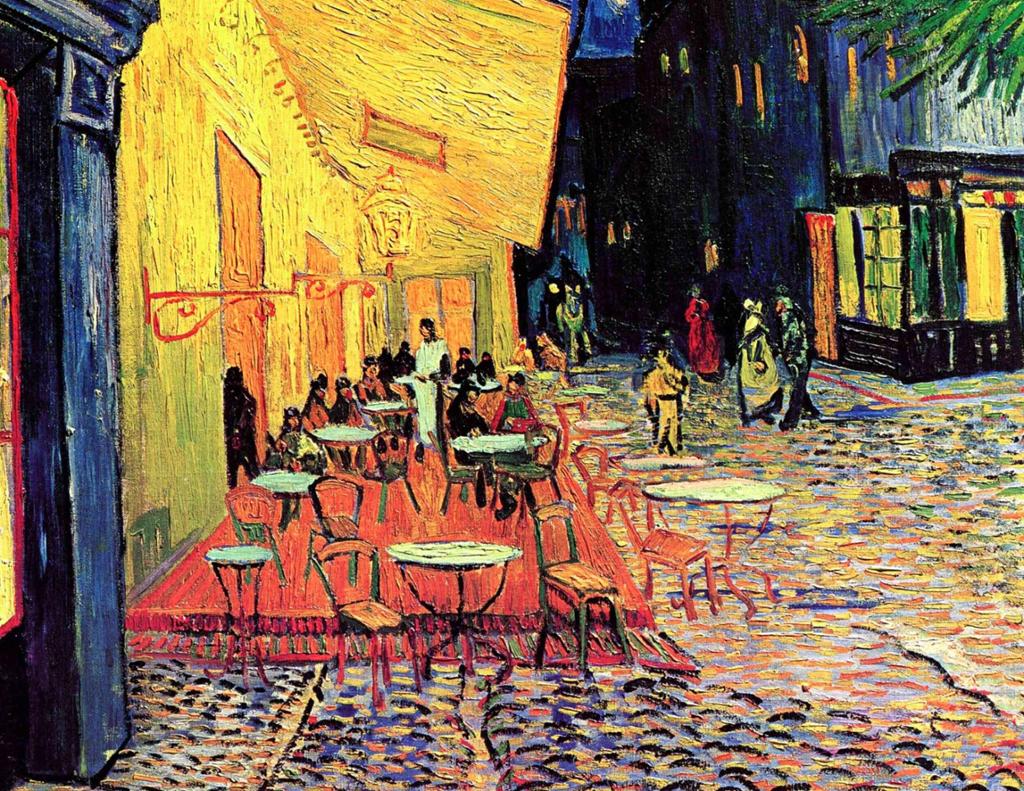A Clean, Well-Lighted Place by Ernest Hemingway

By following the link below, you will open a pdf file of Ernest Hemingway's short story 'A Clean Well-Lighted Place' from the webpage Yale Learning. You will also find the short story by searching for it online.
Read the short story, then work on the tasks below.
Work with a partner or in a group. Discuss the questions below.
Hemingway always avoids stating things explicitly, preferring instead to let the readers make their own inferences and draw their own conclusions. Can you find any examples of this in the short story?
What role does the hearing impaired, old man play in the short story?
What impression do you get from the younger waiter? Why do you get this impression?
What impression does the older waiter leave you with? Why are you left with this impression?
What is the theme of the short story?
Does the short story have a message?
Below, you can read an interpretation of a part of the short story. Read the interpretation and discuss whether you agree with it. Do you have a different interpretation?
The young waiter wants the old man to go to one of the all-night cafes, but the old waiter objects because he believes in the importance of cleanliness and light. Here, in this well-lighted cafe, the light is a man-made symbol of man's attempt to hold off the darkness — not permanently, but as long as possible. The old man's essential loneliness is more tolerable in light, where there is dignity. The danger of being alone, in darkness, in nothingness, is suicide.
Source: Cliffs Notes: Link to entry about A Clean Well-Lighted Place on www.cliffsnotes.com
Study the information about Ernest Hemingway's writing style in the expandable box below.
Study the short story carefully and find examples that are typical of Ernest Hemingway's writing.
Write a short text about Ernest Hemingway's writing style in 'A Clean Well-Lighted Place'.
Work with partners and discuss the following questions.
Suicide is a difficult topic that is painful for many people. Should schools avoid texts like this one, where suicide is mentioned?
In Norway, there are about eleven suicides per 100 000 people, which is close to the global average. What can be done to reduce this number?
If someone is struggling with thoughts about hurting themselves, where can they get help?
If you see someone around you struggling, what can you do?
Relatert innhold
Hills Like White Elephants is a short story by Ernest Hemingway.